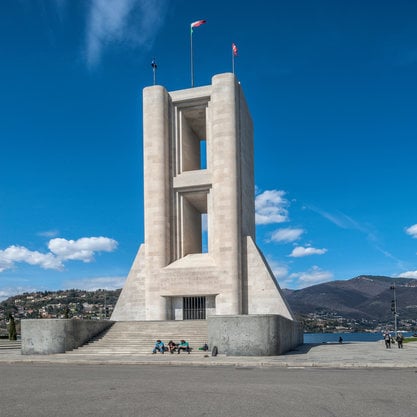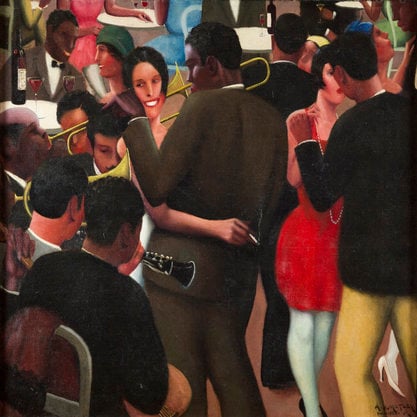Article
Mussolini, Benito (1883–1945) By Jones, David
Article
Known as Il Duce (the Leader), the son of a Marxist blacksmith, Benito Mussolini was the ruler of Fascist Italy (1922–43). A master of populist rhetoric, editor of the socialist newspaper Avanti! (1912–1914), Mussolini shaped the fascist movement as a party leader before rising to state power with his October 1922 March on Rome. He invaded Ethiopia in a brutal war for a new Italian Empire (1935–36), aided Franco’s Nationalists in the Spanish Civil War (1936–39), and fought on the side of Nazi Germany in the Second World War (1940–45). His fascist ideology made use of ideas offered by Italy’s ‘philosopher of fascism’, Giovanni Gentile (1875–1944), and manifestos written by the founder of Futurism, poet Filippo Tommaso Marinetti (1876–1944). Mussolini’s personality cult influenced dictators such as Adolf Hitler and Francisco Franco, and at times earned the admiration of Winston Churchill (Samuel) and Franklin Roosevelt (Schivelbusch, 2006, 31). On April 29, 1945, Mussolini was captured and executed, his body gruesomely displayed (‘Execution of Mussolini’). His legacy has spawned fascist movements throughout the world, from Oswald Mosley’s (1896–1980) English Blackshirts to Pierre Gemayel’s (1905–1984) Christian Phalange in Lebanon.




